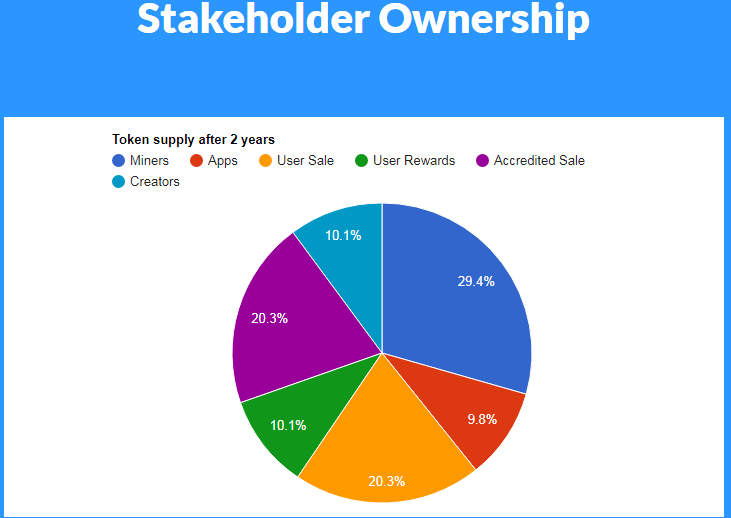An insight on Blockstack (a decentralized Internet/ DNS server)
Since the successful deployment of the Bitcoin protocol in 2009, we've seen waves of decentralized technologies on a rapid scale. This time around it's not just a decentralised monetary system, it's a decentralized Internet altogether or better still an Internet for dApps. In 2013, Ryan Shea and Ali Muneed (Ph.D), two of the crypto community’s finest programmers co-founded the company.

HACKS & ATTACKS
The fundamental goals of the blockstack project is to deal with the consequences associated with centralisation of data. Hacks, Denial of Service attacks, Identity theft as well as unprecedented sell of personal information by companies we trust with our data are just a few of them. On a decentralised network like blockstack, users of any platform be it social media or email services hold their personal information and keep them where they so desire and not with the service provider. For blockstack, gaia , is the platform designed to data storage. The actual content is encrypted and held on cloud storages like Dropbox, Amazon S3 or Google drive. Other than the encryption property, reading any of the file content will be discoverable on the blockchain and so storage servers can't tamper with user data. This eliminates problems associated with central point of failure/trust.
NAMING SERVICE
Secondly, the protocol, via it’s virtualchain service, provides a decentralised manner of assigning User-friendly Names to public keys in the same way the DNS binds IP addresses to domain names. The platform as at this publication has over 75 thousand domains registered.
If you’ve been in the space for something, you might have realised this was what Namecoin was designed to fulfil. Things were going fine until certain pools started to control over 51% of the harsh power. On a particular week in 2015, F2pool controlled over 70% of it’s harsh power, which isn’t healthy for decentralised communities running Proof-of-Work as their consensus algorithm. A 51% attack could be launched.
This reason, together with the fact that Namecoin has a smaller development community and smaller network nodes as compared to Bitcoin, prompted the Blockstack team to dump the Namecoin blockchain for the more secure and technically established Bitcoin chain.
INCENTIVES
Stack is the project default token. As at the publication of this writeup, the Blockstack token sale is live. Each stack is sold at $0.12. The system is incentivized not by processing power but by Bitcoin Proof-of-burn as well as period rewards for developers developing apps on the platform. Users are not left out as they are incentive for participating and playing fair.

Source: blockstack.com
DIFFERENCE FROM ETHEREUM
In this article, Ali Muneeb, explains in clear terms how blockstack differs from Ethereum. Outside his explanation, a couple of developers actually believe blockstack JS architecture is easier as compared to Ethereum.
References
- The Blockstack Technical Whitepaper, https://blockstack.org/whitepaper.pdf
- Why Onename is Migrating to the Bitcoin Blockchain http://blog.onename.com/namecoin-to-bitcoin/
- The Blockstack Tokenpaper, https://blockstack.com/tokenpaper.pdf
- https://forum.blockstack.org/t/what-is-the-difference-between-blockstack-and-ethereum/781/3